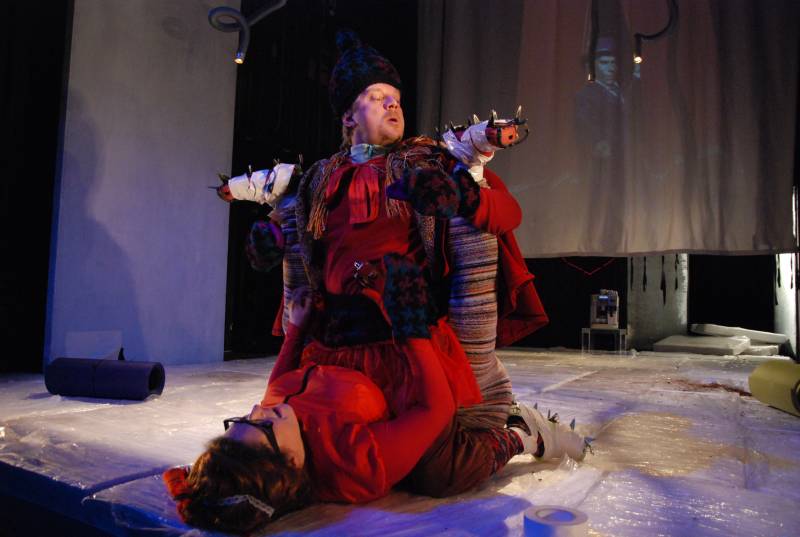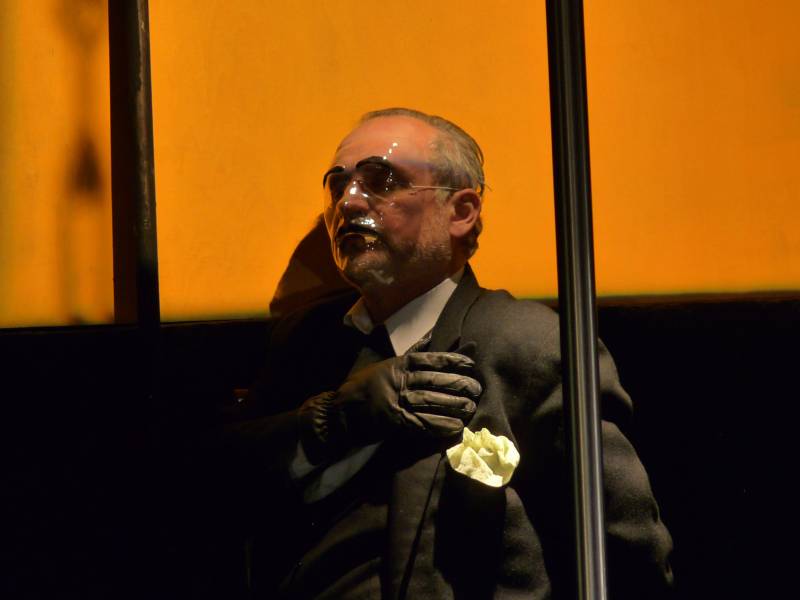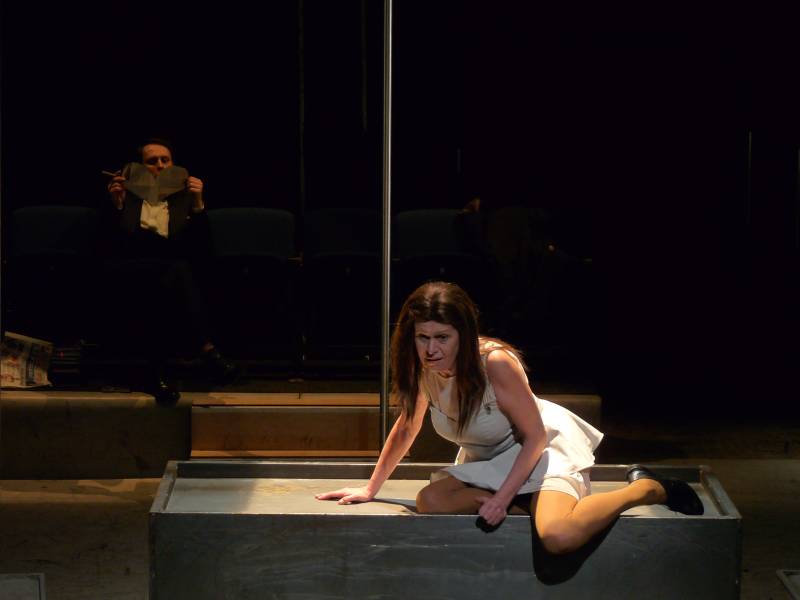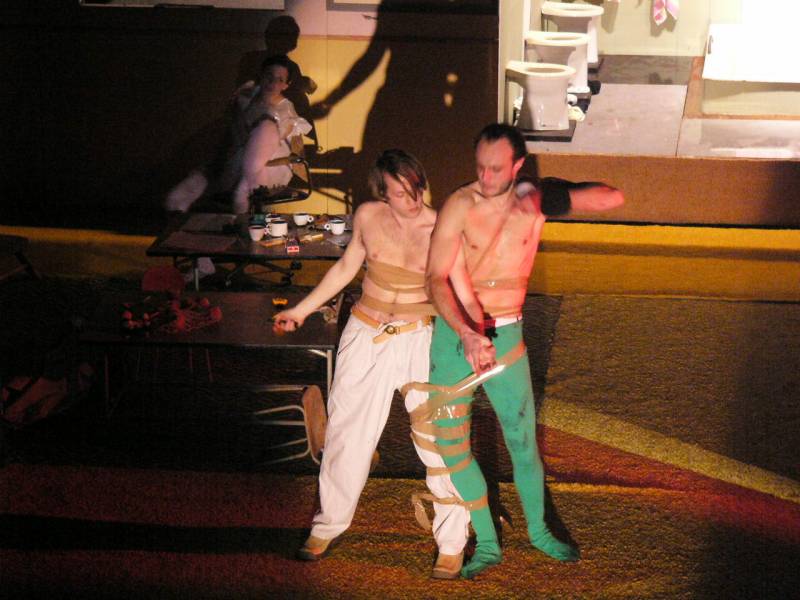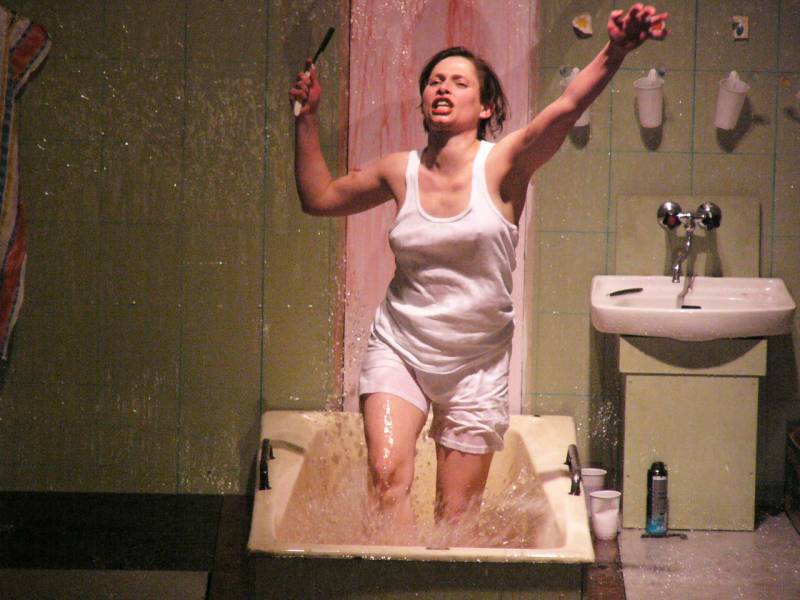CZ
| prof. Ján Zavarský | doc. Mgr. Jana Preková | Mgr. Marie Jirásková, Ph.D. | Mgr. Jan Štěpánek | MgA. Kateřina Bláhová |
doc. Mgr Jana Preková
A native of Prague, doc. Preková studied at the Scenography and Costume Design Department of DAMU there.
She was a founding member of staff for the Scenography Department at JAMU, where she continues to serve as a vital cog in the teaching process, as well as at VUT in Brno's Body Design Department in in its Faculty of Creative Arts, from its inception in 1999 to 2010. Her role as an instructor in her field has led to her helming workshops both here and around the world, from the USA to Turkey, from Spain to Finland.
Since 1983 she has worked as costume designer and scenographer with a variety of productions in theatres experimental ( including Prague's On The Edge and At The Butcher's, and Brno's Goose On A String) and established (such as The National Theatres in Brno, Ostrava and Prague) and many more (Chamber Theatre among others). Her constant collaborators include directors such as Jan Nebeský (including Hamlet, Je Suis, Don Juan and Love's Labour's Lost), Jan Antonín Pitínský (for example Pineapple, Demon spring, the historical monologues of President Hácha), as well as, to name but a few, Miroslav Bambušek, Věrá Herajtová, Arnošt Goldflam and Peter Sherhaufer. Her Vienna work at the Brett Theatre includes “Four girls by Pablo Picasso” with experimental dramaturge Ludvík Kavín, under the direction of Nika Brettschneider. Her personal projects include video and photo displays, as well as being the curator of numerous exhibitions, in places such as The Critics' Gallery, (A)VOID in Prague and Containers of Art in Brno, and serving as the interior designer for Club Mescalito and Sofa, among others. At the Prague Quadrennial (PQ) 99, her work won the Gold Medal, as part of a team which, in the same year, won the Golden Triga at the National Exhibition, as well as the Alfred Radok Prize.
Concept of JAMU teaching
STAGE AND COSTUME
The student develops abilities of independent authorial work, individually or as part of a team. They learn to analyse a text, music or illustrative material and transform such into creative dramatic media, to elucidate the theme through its own essential visual components, or vice versa, thereby to craft a new theme. It requires a sensitivity to finding suitable media, by experimentation, via processes creative and poetic, conceptual and by association, skills which develop from awareness and the sharing and realisation of projects.
Body, time and space alike are perceived as media.
Physical, emotional and material situations, images, gestures, words and sounds or lighting states contain not merely their recognised qualities and key values (material, colour, light, sound) but equally their boundary ecotope – a place of intersection with other other situations, conflicts or induction fields. This specific and enclosed world of whatever duration emerges from two environments or situations as a free-standing world, containing, in both sense and concept, new information, the deployment and employment of which requires trained sensitivity and practice in application. Thus the ability to define and engender these conflicts emerges.
Each moment is forged from specific conditions. Body, time and space alike are perceived as media. Whilst indisputably academic, projects are equally fundamentally practical. The are birthed both in the medium of theatre as well as site, time and body-specific. The student learns skills of communication and to work with emotions and concepts in the framework of a team, as well as to remain open to creative processes and the possibilities for their realisation.
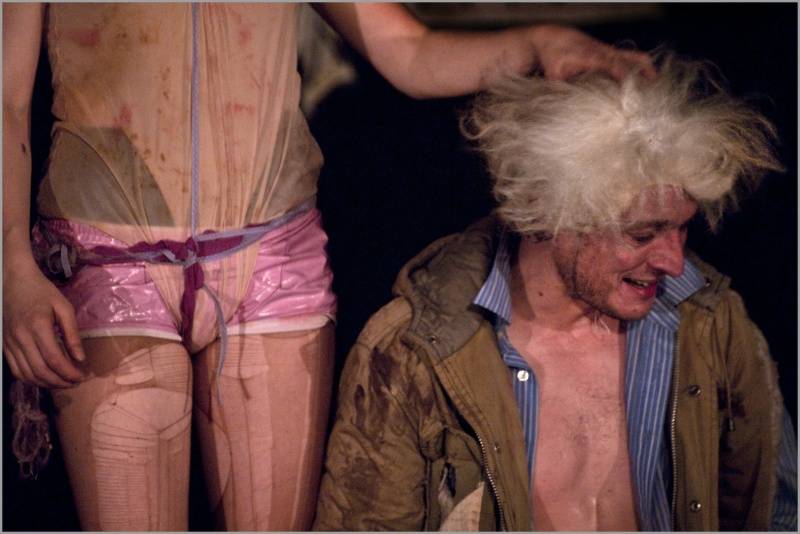
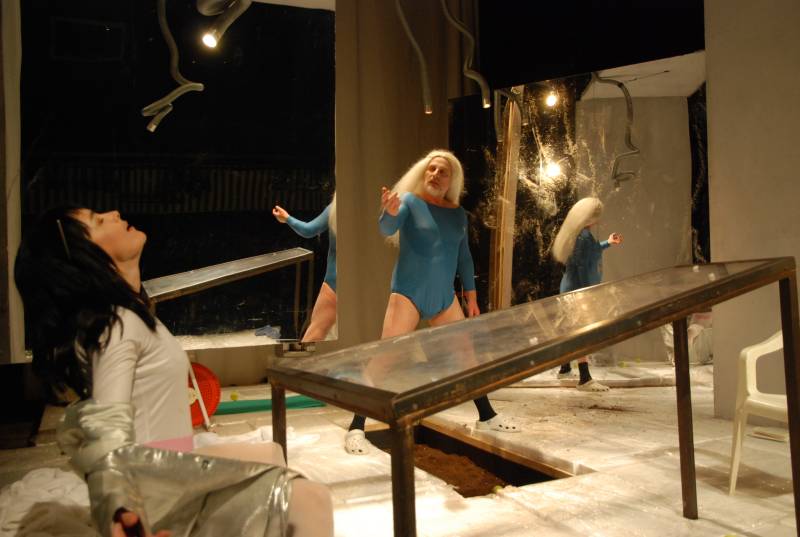
.jpg)
